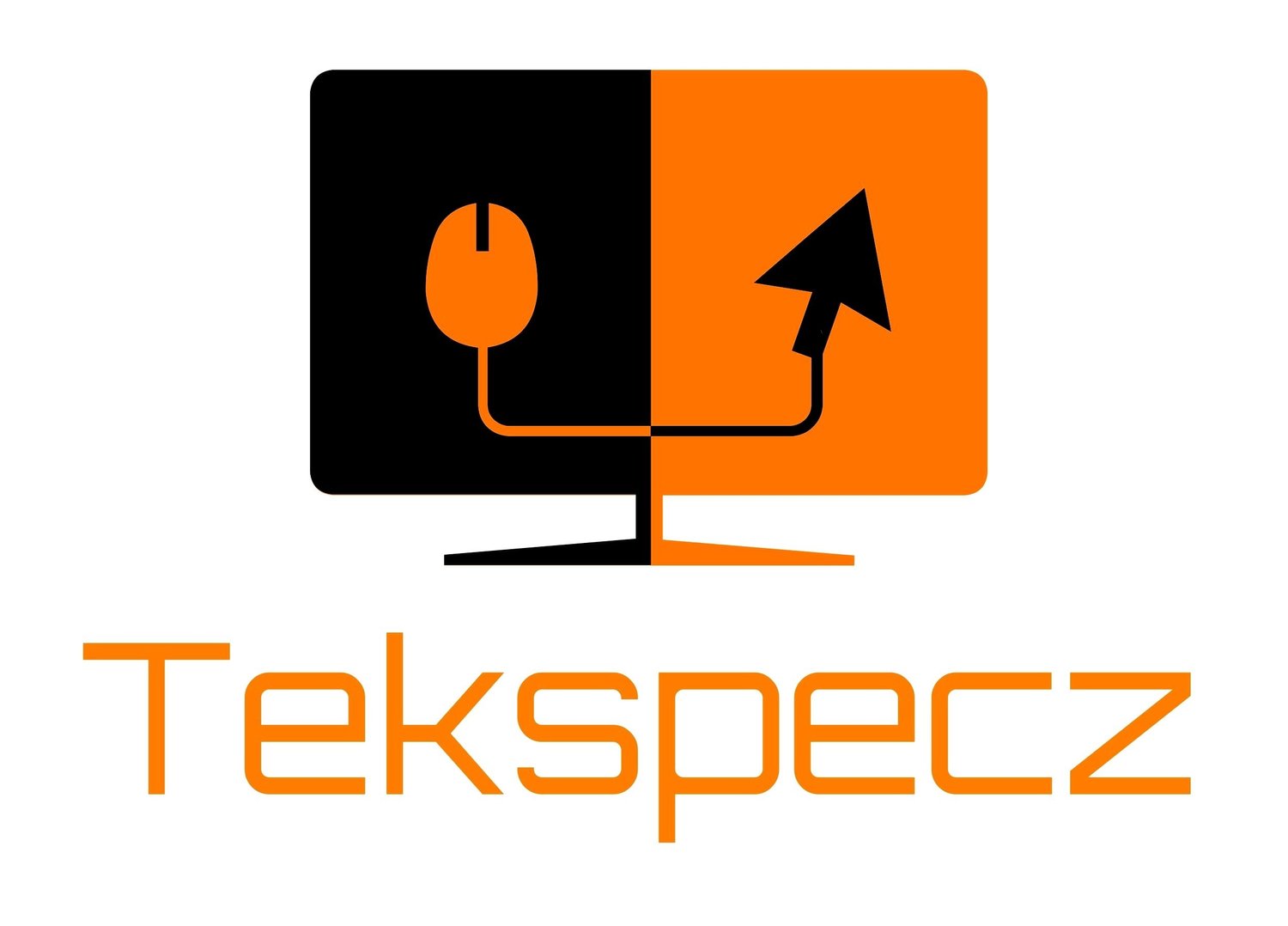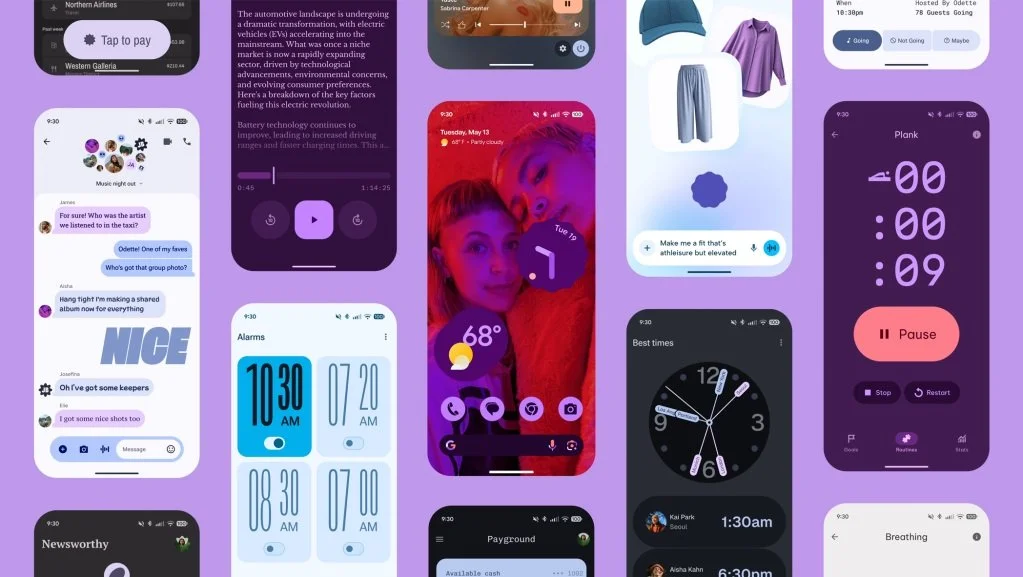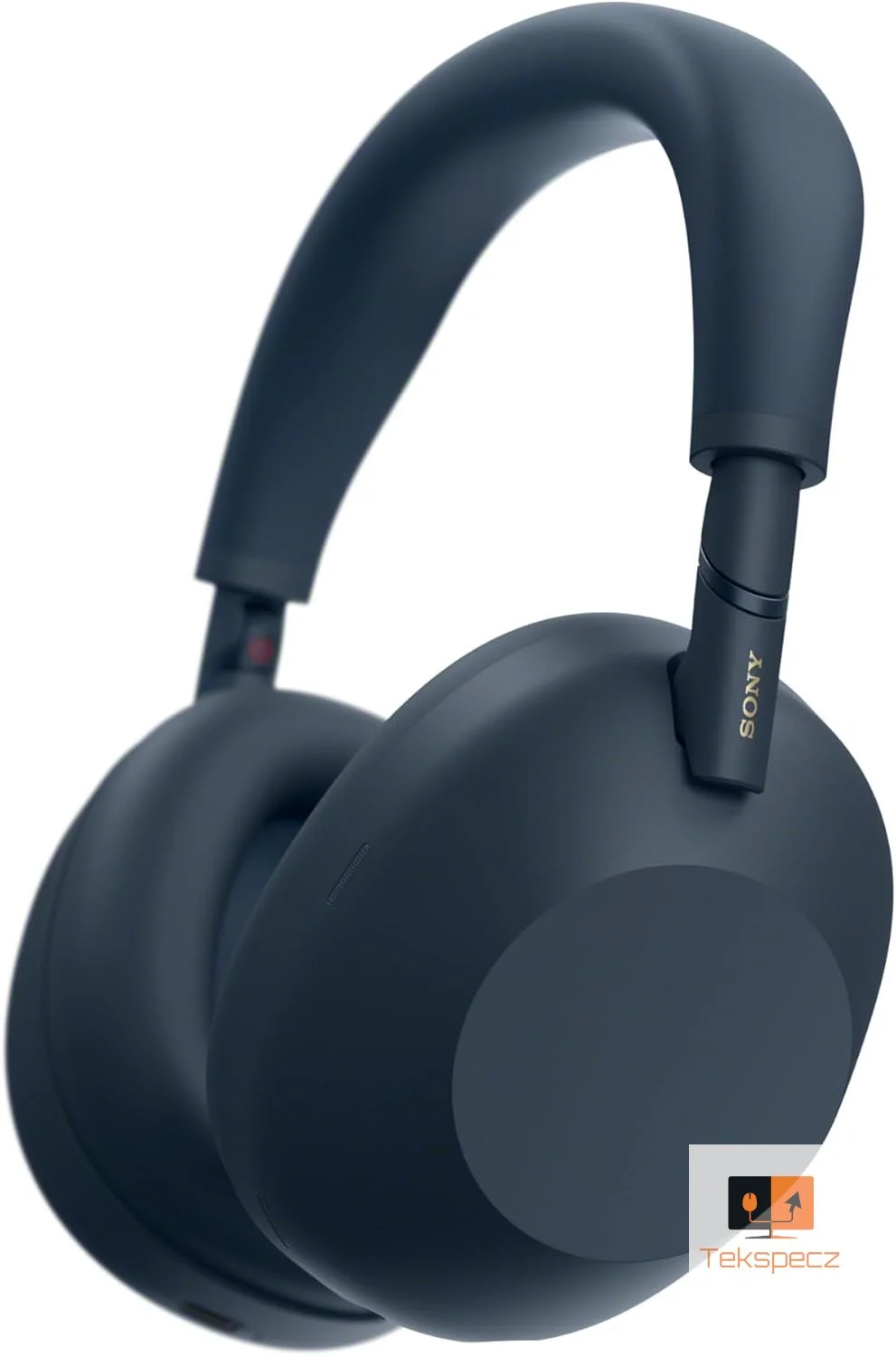Here's What I Learned About Android's New Material 3 Expressive
Google has unveiled the latest evolution of Material 3 Design, enhancing user experience on Android devices. The update, built on the Material You framework introduced with Android 12, incorporates dynamic color theming, smoother animations, and refined typography. These features create a more personalized, expressive, and adaptive interaction. From all my gathered data and visual viewing of Android's new mobile OS, I have learned a lot about Material 3. Overall, the improvements contribute to a more fluid and intuitive user experience.
The Personalized User Interface
Material 3 introduces springy, more natural-feeling animations that enhance touch interaction, making the interface more alive. The User Interface will now react to user sub-actions, such as swiping away notifications or adjusting volume sliders, creating a more refined experience.
Expanded color palettes will also boost customization, offering users access to vibrant and distinct color themes. This will ensure better contrast between primary, secondary, and tertiary color tones. This means you'll get a darker background paired with appropriate light text, improving legibility.
More Enhanced Typography
The most significant overhaul in Material 3 is typography, which introduced a new style that improved legibility and aesthetics. This update extends to system-wide UI elements and third-party apps, ensuring a more cohesive look across the platform.
In addition, background blur effects have been added to notifications and other user interface components, creating a sense of depth and focus. According to Google, the enhancements make navigating Android feel immersive.
Material 3 Introduces New Functional Features
In addition to its new, robust design, Material 3 also brings practical improvements. The live Updates are similar to Apple's Dynamic Island, which is a staple feature of IOS 18. The features track real-time progress from apps like Google Maps or Uber Eats via a pill-shaped notification. Quick Settings will allow users to pin frequent toggles, such as Flashlight and Do Not Disturb, for easier access. The new design overhauls Wear OS, which Google states will ensure a more cohesive experience across Android devices.
When will Material 3 Be Available?
Material 3 Express will debut with Android 16, first rolling out to Pixel devices before expanding to other Android smartphones. While the stable Android 16 release is expected in June, Material 3 will likely arrive later this year.
Material 3 Expressive will significantly advance Android's design philosophy. By refining animations, enhancing customization, and improving usability, Google is making Android feel more personal and engaging. If you're a fan of a mobile OS with sleek aesthetics or practical improvements, this update will have a noticeable impact on how you interact with your devices in the future.







